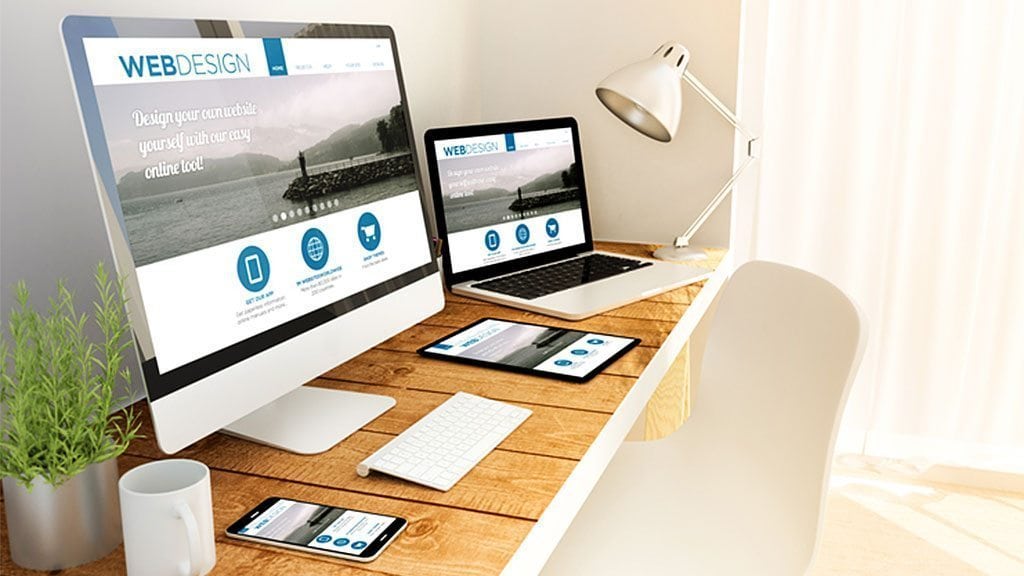Changing trends in digital design have led to websites looking very different than they once did. It was once popular to make digital objects like menu bars and text boxes look “realistic, ” and to include a sense of depth on the screen. That trend was mostly replaced by “flat” design, which uses basic colours and shapes to keep websites looking simple and uncluttered. Many websites still use flat design today.
Google’s material design approach combines elements from both. It is simple, like flat design, but also includes a bit of depth to make objects look more lifelike. It’s commonly used on Android but is also used by some websites. It offers some interesting ideas for future designers to consider using in their own work.
Here are a couple of ways material design can inform your web designer career.
Material Design’s Approach to Colour Is Worth Considering for Your Work
Colour is a great tool for catching the eye and directing user attention to the most useful elements and objects on a web page. In your projects, you might consider using material design’s thoughtful approach to complementary colours in order to accomplish these goals.
The material design uses a single primary colour as the base for a page or main object, and lighter or darker variations on that colour for other objects on the page, like status bars. Then, a brighter accent colour can be applied to buttons and sliders on the page. This designates them as separate and uniquely important.
Combining this approach with the lessons you learned in your Color Theory class will help you create striking web pages throughout your web designer career. You’ll be able to use colour to clearly illustrate how a page should be interacted with, and encourage greater engagement with your work.
Make Web Objects Feel Material After Completing Your Web Design College Program
One of the goals of material design is to make objects on a web page look a bit more like objects might in the real world.
In part, this is done by placing drop shadows beneath objects and using them to show a level of depth. Another tactic material design uses is to make objects look and behave a bit like paper cards. By making digital objects look and behave a little like paper, designers can help users easily understand how to move and sort cards or other objects within an application or website.
Your web design classes will teach you how to manipulate object layout to achieve specific design goals in your career. To integrate material design concepts, consider how people should interact with your websites, and how shadows and other elements might help guide user behaviour. You might find even better ways to present a page’s information!

Material design models object to resemble cards, which are familiar to most users
Material Design Encourages Thoughtful Typography Choices by Pros in Web Designer Careers
From articles to blog posts and beyond, most of the web’s content is text-based. Material design principles dictate that consistent and aesthetically pleasing typography choices should be used to help retain a reader’s attention and make their experience more pleasant. “Roboto,” the main font used in the material design, is described as “slightly wider and rounder, giving it greater clarity and making it more optimistic.”
To add these attributes to your own projects, consider choosing a typeface with similar features when designing a web page. The Fundamentals of Typography course included in your web design college program will help you learn to identify different qualities in a typeface, and what effect a given choice might have on a web page.
Material design offers some interesting approaches to an application and web design, with special emphasis on colour, lighting, and typography to help guide user behaviour and mood. Borrowing from this school of design could be a good way to enhance your work throughout your web design career.
Visit Academy of Learning Career College for more information.




